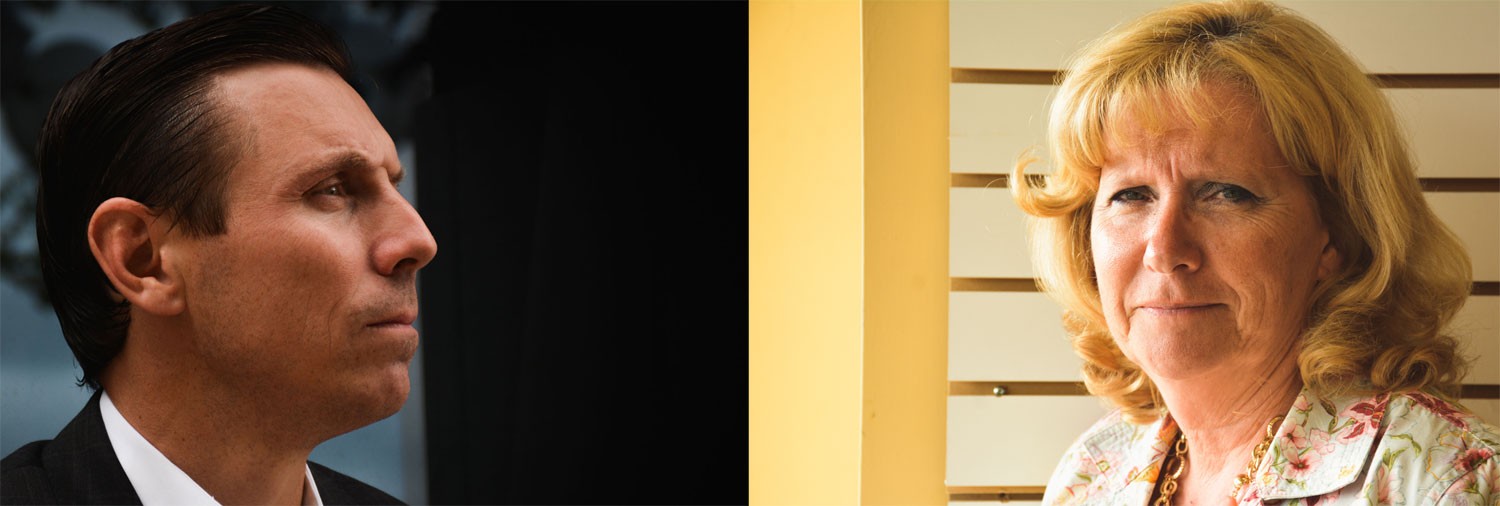
Brampton was front and centre in 2018
The year that was, 2018, was the year of the gun. It’s when a crime wave hit the city – but politicians were slow to respond to an issue that wouldn’t go away.
It was also the year of Patrick Brown, who not only defeated Linda Jeffrey and became the 51st mayor of Brampton, but scored political redemption after being dumped as leader of the PC party of Ontario only months earlier. It was a year when politicos like Tony Clement and Raj Grewal suffered personal and professional falls, the former felled by a sexting scandal, the latter by a bad gambling addiction. It was a year when the term “hallway healthcare,” popularized in Brampton, became the norm in describing overcrowded hospitals in Ontario. It was a year when GM announced it would close its plant in Oshawa in 2019, and negotiations over NAFTA resulted in heightened anxiety in the local business community. It was also the year when Doug Ford was elected our new premier and Jennifer Evans announced she was stepping down as chief of Peel Regional Police.
And it was the year The Pointer was born. We got the chance to offer up our take on these stories and many more. As 2018 bleeds into 2019, change is in the offing – in both the way we cover politics and how we do journalism.
In print journalism, the term 30 (written like this: – 30 –) was once used to signify the end of a story.
It was a timeworn tradition that arose from the era of telegraphy, when “30” was the code signifying the end of a transmission, until a marvelous new invention, the ‘typewriter’ came into use in the middle of the 19th century.
It continued on until the print world went digital, and each step after that spurred on another advance – only a thousand times faster.
The digital revolution left many archaic journalistic traditions in the dust heap, including – 30 – .
One that should have died but didn’t was ‘The Year-end Review,’ a rehashing of stories that rocked the readers’ world the previous 12 months.
It was a tradition that served two purposes: it put a tidy bow on a year quickly fading to black, and provided reams of copy for editors struggling to fill empty white space as the editorial staff booked off during the holiday season and Boxing Day sale ads doubled up page counts.
The old journalistic conceit that everything begins on Jan. 1 and ends on Dec. 31 has been blown up by the 24/7 news cycle. No longer can a year be packaged and presented as a unified whole – although some news organizations still try.
Besides, even if The Pointer wanted to summarize 2018 as a 365-day block of copy to cut-and-paste from our editorial vault, it would be incomplete because we only started in early September.
In that time our stories explored and covered everything from secondary apartments, to the fallout from Doug Ford’s election as Ontario premier, to the tumble of politicians like Linda Jeffrey, Tony Clement and Raj Grewal. We also saw the emergence of a new-look council, an alarming uptick in violent crime on our streets, the cancellation of provincial funding for Brampton’s first university campus, acceptance of a Main Street LRT line by a fresh council, and in the final days of this year, the trashing of the Reimagined program that was supposed to fix our downtown streets and the infrastructure located beneath them.
The Pointer is practising a form of journalism that is longer, nuanced, investigative and more contextual, so we offer a Year-end Review on ‘How 2018 impacts the next stage in Brampton’s development.’
Here’s a hybrid take on the "great man (or woman) theory" of history: how one person (and/or issue) fundamentally changes the present, and possibly the future of this city.
Let’s start with…
PATRICK BROWN
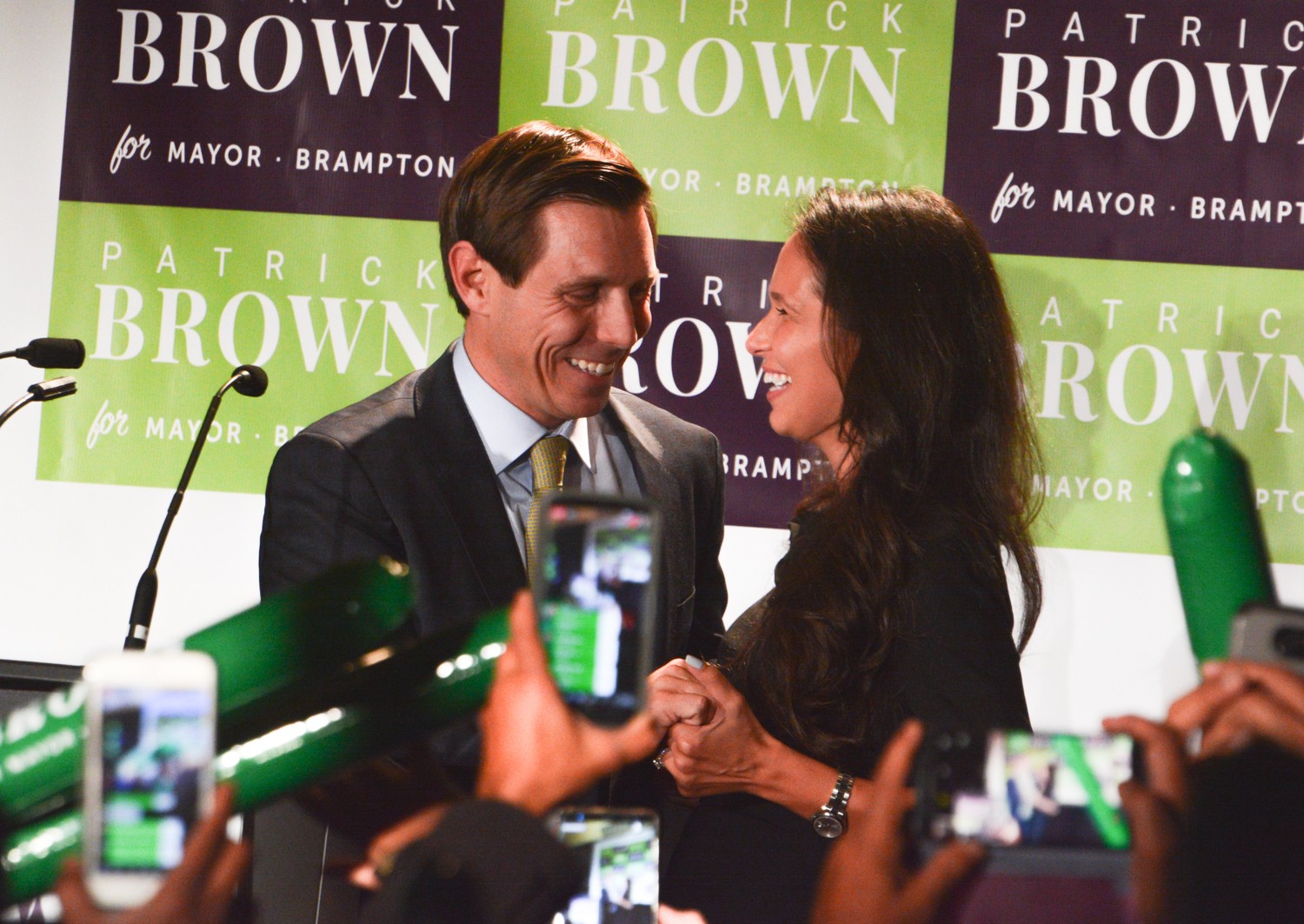
On Jan. 1, 2018, few Bramptonians knew or cared about him. Sure, he was leader of the Progressive Conservative party of Ontario, but a provincial election was still six months away, and local voters are a notoriously apolitical bunch until an election writ is dropped and they are summoned to the polls. Brown was okay with the fact few in this city knew him, because his plans for Brampton didn’t go beyond the signing of new members for his party.
It didn’t matter if Brown eventually found Brampton or this city found him.
Brown looked poised to lead the PCs to a big win in the June vote simply because poll after poll showed the scandal-riddled Liberal party under Kathleen Wynne was ripe for an old-fashioned butt-kicking. Brown was the dauphin prince who, at age 40, seemed poised to match his political mentor, William ‘Brampton Billy’ Davis, and win election as premier. But heavy lies the crown, and Brown’s ‘Red Tory’ leanings put him out of step with a coterie of alt-righters who had infested the PC hierarchy. Something had to give before Brown and the PCs turned another sure win into defeat, the way they had in 2014 under unloved leader Tim Hudak.
Or, as Brown later charged, something had to be invented. Two women stepped forward with charges of sexual impropriety, CTV News ran with the story, Brown resigned (in a panic, he wrote), and the PCs picked Doug Ford to lead them to a majority win in June. His predecessor was suddenly a personal and political pariah, a man branded by sexual impropriety at the height of the #MeToo movement. His career was over.
But it wasn’t.
Ford cancelled the public vote to elect a new regional chair for Peel, costing Brown his first chance at political redemption. Then he made a last-minute entry into the race for mayor of Brampton, a city he had some connections with. Suddenly, the campaign was awash in synchronicity. In one of the greatest political pirouettes since Pierre Trudeau left office, Brown won! A Brampton electorate, eager (or desperate) for change, gave him a narrow victory over Linda Jeffrey.
It was the comeback story of the year, like a three-act Greek play. But there were more layers of drama to come. In the in-between time between his win and taking office, he released a tell-all memoir about his time at Queen’s Park called Takedown: The Attempted Political Assassination of Patrick Brown. The book caused a firestorm, from the inner sanctum of Queen’s Park to Garden Square in Brampton. Brown was viewed by some (especially Ford) as the quisling of his party. Upon its release, the premier said of Brown: “He has the credibility of a rock.” The other view is that his book was an honest, blunt, fresh assessment of Team Ford, and a cautionary tale about overreach in the #MeToo movement.
No one was spared in his rant against the PC machine: his turncoat staff, members of his caucus, the angry Madame X (Lisa MacLeod) and all the other Machiavellians who conspired to get him tossed from the possible premiership. Brown also has some choice words for two famous Liberals: Wynne, and Prime Minister Justin Trudeau – who both jumped on him shortly after the CTV broadcast was aired. But it was CTV that really raised his ire and was the target of his fire. The broadcaster might eventually pay millions for doing the dirty on him if his lawsuit reaches the courts, or gets settled before.
There are also heroes galore here, including his mentor Bill Davis, who, it should be noted, later endorsed Brown’s run for mayor – and possibly put him over the finish line.
Whatever your personal or political feelings, Brown’s book was a riveting read, and after his win at the polls, the Brown-Ford showdown continues to be one of the most intriguing political stories in the country: The ambitious young politician leading the city that gave him redemption in return for change, and the big, bad man who huffs and puffs before blowing down all his political foes.
DOUG FORD
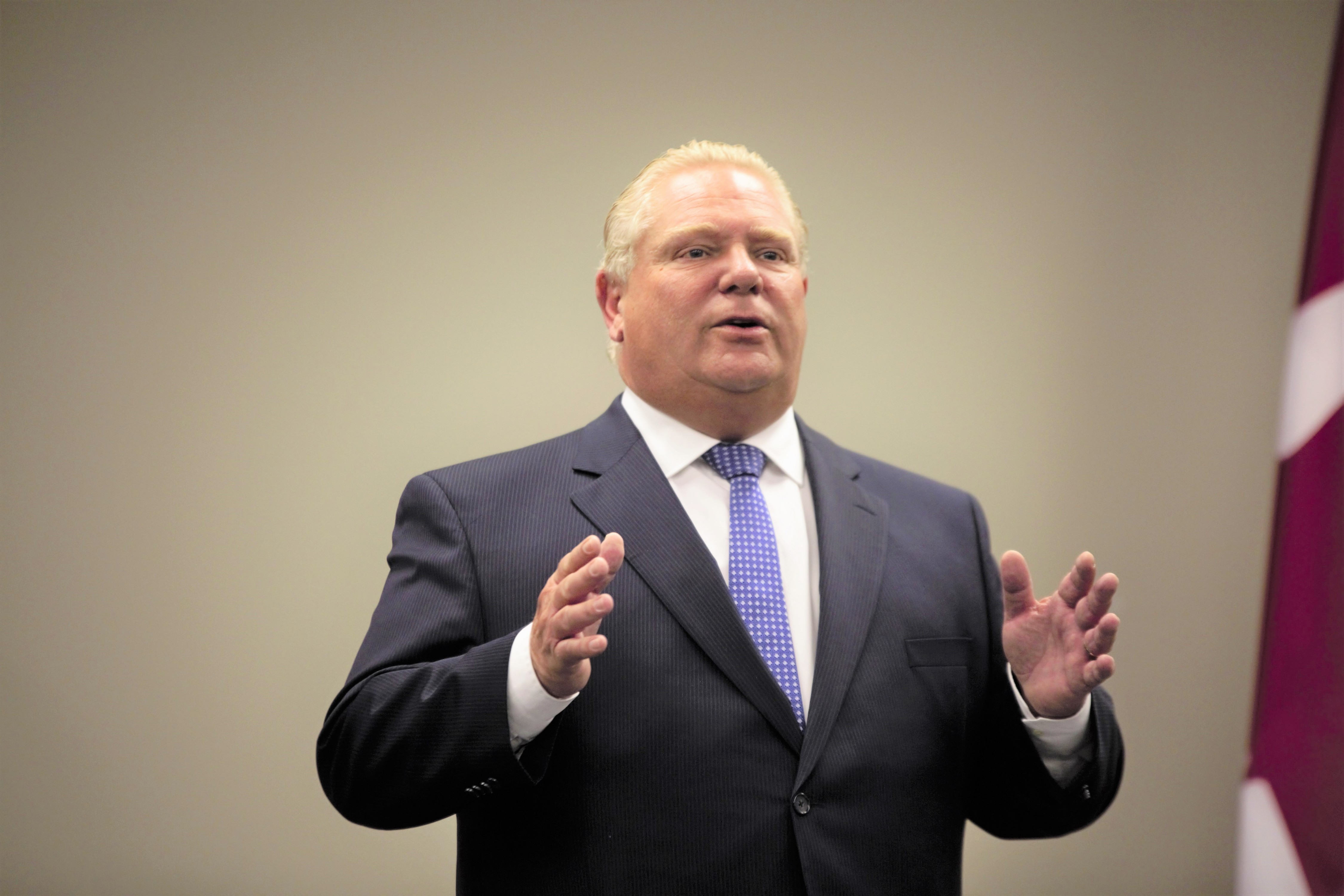
By the end of 2018, the new PC leader seemed irredeemably unmodern. His last brain wave before the holiday break was the introduction of Bill 66: Restoring Ontario’s Competitiveness Act. Some think it signals a give-over to his business buddies and the death knell for the Greenbelt in Ontario. It spawned a furious reaction from both the public and municipalities across Southern Ontario where lands are protected from development by legislation.
Mayor Brown was no fan, either. So why would Ford want to poach from the region’s crown jewel – its emerald green lands – when there are lots of developable tracts still available in the GTA, especially in Brampton?
Is this Trump-like maneuver ignoring the realities of our modern-day world? Perhaps, but for Brampton, Ford had already become the black-hatted embodiment of evil. After his election, he ignored a call to add more hospital beds to the “hallway healthcare” being practised at the tragically overcrowded Brampton Civic; he pulled $90 million in funding for a new university in the downtown core; and he failed to fix the high car insurance costs associated with Brampton’s postal codes. The feeling from Heart Lake to Springdale was Ford didn’t like Brown (the feeling was mutual) and his bully-boy trashing of all things Brampton was not only political, but personal. The new mayor admitted as much in a speech by saying, “we’re not exactly friends.” Whatever the truth, it doesn’t portend well for the future. Or maybe it does…?
JUSTIN TRUDEAU
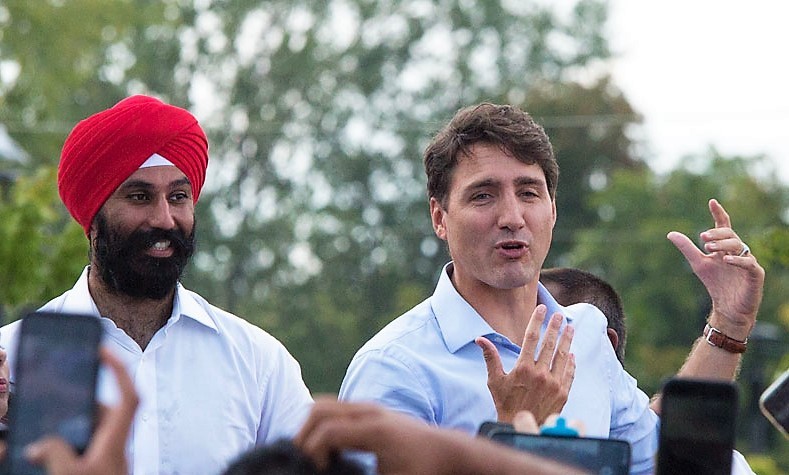
Yes, oh weary electorate, 2019 is another year when voters go to the polls — the federal election is scheduled for October. Prime Minister Trudeau is gearing up for a second term, and this might be good news for Brampton for one reason: there are currently five, count 'em five, Liberal MPs in Ottawa (with a big question mark over Raj Grewal, who originally said he was resigning over his gambling scandal, then decided to reconsider despite being tossed out of the Liberal caucus). In Brown’s inaugural speech, he said: “The biggest disservice to Brampton is that politicians view Brampton as an electoral goldmine but have never compensated us for their frequent visits. We always see more leader visits to Brampton than any other area as we are the prized ‘swing seats’.
"We pay the same provincial taxes. We pay the same federal taxes. We deserve the same per capita services. We are not second-rate citizens. I don’t care if it is Doug Ford or Justin Trudeau. My party is the people of Brampton and we will work with anyone who will deliver for Brampton.”
Meaning: Brampton has leverage, and leverage means money. Keeping their MPs in office will mean the Liberals will have to entice voters with federal funding. Already, money is coming in the form of $1.5 million towards the environmental assessment for our proposed Riverwalk project. Is more to follow, especially with the millions it might cost taxpayers to correct the problems inherent in our Reimagined program to fix our downtown core? And can the feds step over Ford’s petty insensitivity towards our needs for a new university and come up with something like the funding for our innovation hub to replace it? While our healthcare needs are a provincial matter, too, the major parties running for our five seats might get creative and send some money here towards a new healthcare feature in the city. Will the controversy surrounding Raj Grewal’s gambling debts and other political problems also work in the city’s favour? More than one of the new members on city council says “definitely, yes.”
LINDA JEFFREY
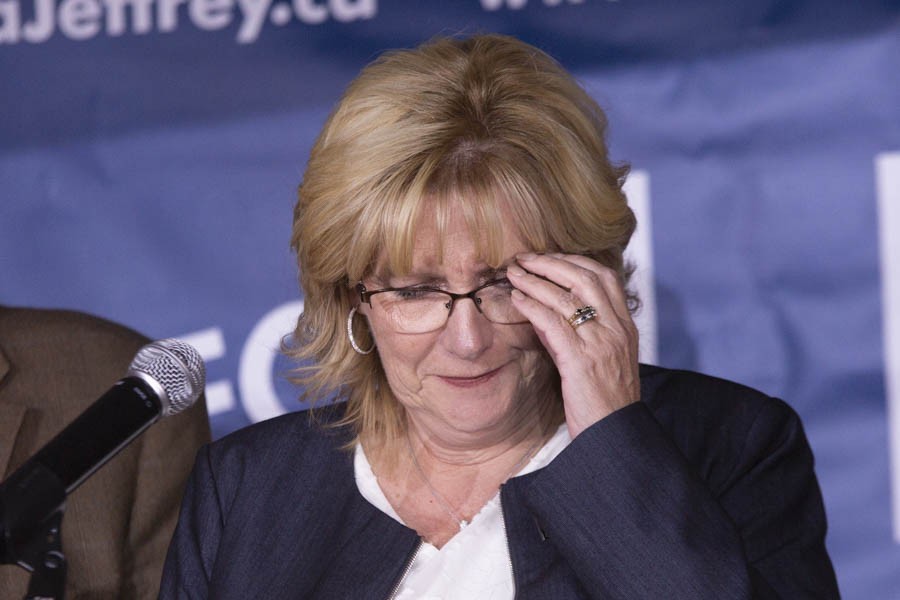
Her four-year stint as mayor ended how it began, flatly. On the election trail, her calls to discredit Brown as an interloper fell on deaf ears. To his credit, Brown never showed even a hint of bitterness — even when Jeffrey dredged up the sex charges during a mid-campaign debate at the Rose Theatre.
Her decision, pumped by the tone-deaf people handling her campaign, to offer up black ops on Brown backfired, and showed clearly she lacked the magic touch that makes a true leader. Just like her negative campaign, which offered little in the way of a vision for moving the city forward, her brief mayorship was irretrievably split by factious infighting — and it bled into her bid for re-election. She put forward a slate (some of which is now on council) and used the same old vitriol against her enemies on council, claiming they had been under police investigation in 2014, and then wondered why they were so prickly toward her.
Does her legacy of division live on at city hall? Some in the new group of councillors elected along with Brown are being tagged as Jeffrey supporters there to do her bidding, which isn’t fair. Give them time. They may have pushed her Main Street LRT onto the tracks in return for her campaign help, but they should be given the chance to show they are adults, real leaders trying to move the city forward, not puppets of a former mayor.
Jeffrey might have more political life. It’s been rumoured she’s eyeing Raj Grewal’s seat, if he steps down. It would be a good move for someone who didn’t have the energy, optimism or vision needed to lead one of the largest, most dynamic cities in the country, but might feel right at home as a loyal Liberal inside the sleepy chambers on Parliament Hill.
JENNIFER EVANS
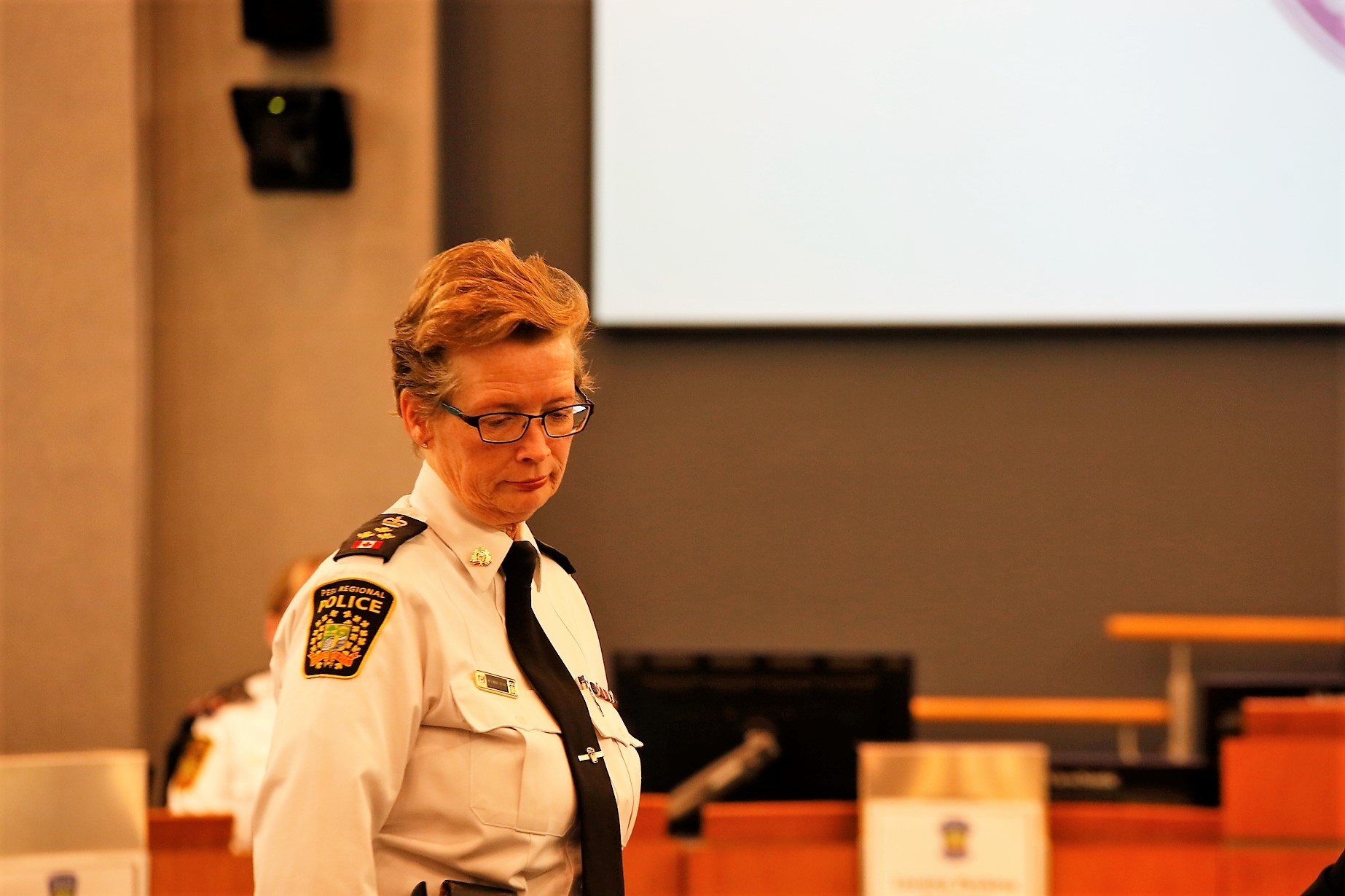
The chief of Peel Police is leaving office after a six-year stint, and the search is on for a new leader. Widespread officer misconduct under her watch, charges of systemic discrimination and the failure to unveil a long-completed diversity audit hung over the force last year. So did Evans’ defiant approval of carding, which only stopped when it was virtually outlawed by the province. Charges of iffy hiring practices have dogged PRP longer than Evans’ tenure, but a year-end police services board meeting was enough to give the public pause.
Peel police is not the only force to bristle at calls for more diversity, or racial sensitivity training. PRP was supposed to make a diversity and equity audit public in November, to open the floodgates for change. It never happened. In 2015, only 13 percent of officers were not white — serving communities where 57 percent (Mississauga) and 74 percent (Brampton) are visible minorities.
Rising gun violence on our streets shook Peel residents to the core last year and pressed the need to organize a public-police partnership to solve these issues. Here are some more numbers to mull over: there were 43 shootings in 2015, 54 in 2016, and 76 in 2017. This past summer was the hottest and deadliest yet. By August, violent crime had increased by 11 percent over 2017 in both Mississauga and Brampton. Between Jan. 1 and July 31, there had been 50 shootings in the two cities, compared with 45 during the same time period last year, which was already one of the deadliest years on record.
Evans declined to be interviewed by The Pointer for our two-part feature on the force, and she has been considered one of the most polarizing figures in law enforcement — in part because of her zealous support for carding.
In Brampton and Mississauga, where 9 percent of the population was black, the force’s own data over a recent period showed that on average almost 25 percent of those being carded were African-Canadians. Between 2009 and 2014, Peel police conducted 159,303 carding checks, with black people three times more likely than white people to be stopped in a given year.
Peel police might want the public to believe it is one of best forces in Canada, but evidence suggests otherwise. A Toronto Star report showed that over a recent five-year period about 640 of the 2,000-strong force had been disciplined for misconduct — by far the worst stats of any major force in Ontario. The figures meant that in just five years about a third of the force’s uniform officers were disciplined for misconduct, while Evans had claimed, before the media obtained the actual numbers through freedom of information laws, that only two percent of her officers would be disciplined for misconduct over their entire career. Her misleading remarks didn’t stop there. She repeatedly claimed carding was a valuable policing tool, but refused to provide the evidence. When pushed, she could only come up with six examples over more than 35 years of cases solved with the help of carding, and most were minor offences.
When the carding data was released under freedom of information requests in 2015, Evans promised to find out why her force was targeting black residents. She never provided an explanation. And when she told the CBC that 76 percent of her force’s carding stops involved people who were outside their “area” she never explained what was wrong with being outside the area where you live, or how her officers in a random carding stop would know where someone lived before approaching them. Her remarks were widely viewed by critics as a clear indication of her support for racial profiling, something Patrick Brown, who will join the board that oversees Peel police, said he will not tolerate.
Is it the worst police force in Ontario, as some claim? If so, then it’s doubly incumbent on the next members of the police services board (which will also include progressive Mississauga Mayor Bonnie Crombie, the first politician to challenge Evans on carding) to pick the best prospect out there to be the new chief. Will we get a true reformer, and furthermore, will the diversity audit promised in 2018 finally reach the public in 2019? The Pointer will doggedly pursue those answers in the new year.
HARRY SCHLANGE

The turmoil at city hall over the cancellation of the Downtown Reminagined project was followed by the firing of Schlange, the chief administrative officer (CAO), just before the new year. A curt press release issued by Mayor Brown’s office said the move was made “so the municipality can take the next step forward.” What that step might be is a question for debate.
More numbers to ponder: Since Lorne McCool’s departure in 2007, there has been a revolving door at the top position: six CAOs in 11 years. This makes it difficult for staff to stay focused on moving the city forward, as all CAOs have different ideas, visions and management styles. Mississauga has had just one over the same period, offering stability and proper leadership.
But some critics say Mississauga’s situation isn’t all good, as staff can get entrenched, boring and conventional when a single administrative regime stays in place for too long. That certainly wasn’t the case with Schlange, who worked for Niagara Region before he was brought in by Jeffrey in 2016 to replace John Corbett. Schlange’s legacy is the hatchet he wielded in chopping 25 senior executive positions from a bloated payroll at city hall. Some of those senior managers sent out the door were holdovers from the Susan Fennell years, when city hall and its leaders were routinely in the headlines for questionable practices, a string of scandals and the financial mess they left behind.
The steady stream of CAOs – Lorne McCool (1999-2007), John Marshall (2007 interim position), Deborah Dubenofsky (2007-2012), John Corbett (2012-2015), Marilyn Ball (2015-2016 interim position), Harry Schlange (2016-2018), and now Joe Pittari (interim 2018-2019?) – stands in stark contrast to Mississauga’s Janice Baker, who was hired in 2005 and is still there.
With Schlange gone and major, pressing urban files on the agenda, such as higher-order transit, crime, a new university and healthcare expansion, Brampton doesn’t need another top boss from a predominantly rural region like Niagara; it needs someone with big-city experience. Hiring a new CAO in 2019 is critical to the future of Brampton.
CANNABIS

The legalization of cannabis by the Trudeau Liberals in Ottawa became law in 2018 and its introduction came just in the nick of time for a stressed-out portion of the Brampton electorate.
There’s evidence (unsubstantiated by The Pointer, but based on the law of probability) that a few voters in the municipal election must have taken a couple of long tokes of the wicked weed before deciding who to pick for mayor. Yes, the choice was as unclear as the smoke-filled air that circled around them.
As in years past, an unhealthily small portion of the electorate (35 percent) bothered to cast a ballot. Brampton has one of the province’s lowest turnouts at municipal election time. In a city that is one of the fastest growing and most diverse in the country, this problem of local apathy might only get worse going forward. It’s hoped that a new regime at city hall will help turn those numbers around and citizens will become more engaged in the political process.
While the federal vote always gets an enormous turnout, it’s at the local level where most of the taxpayers dollars are targeted to projects that affect every voter. But back to cannabis. While Toronto has embraced allowing retail pot shops, another border city, Mississauga, has rejected it. Brampton is still undecided and will take a final vote early in ’19. Before that, the city has announced four public survey meetings across Brampton so citizens can weigh in before council makes its decision later in January.
Residents need to shed their apathy and get out to one of these meetings. Otherwise, if the council decision doesn’t reflect the community’s values and desires, legal cannabis will become another issue many residents feel alienated from.
DOWNTOWN REIMAGINED/2040 VISION
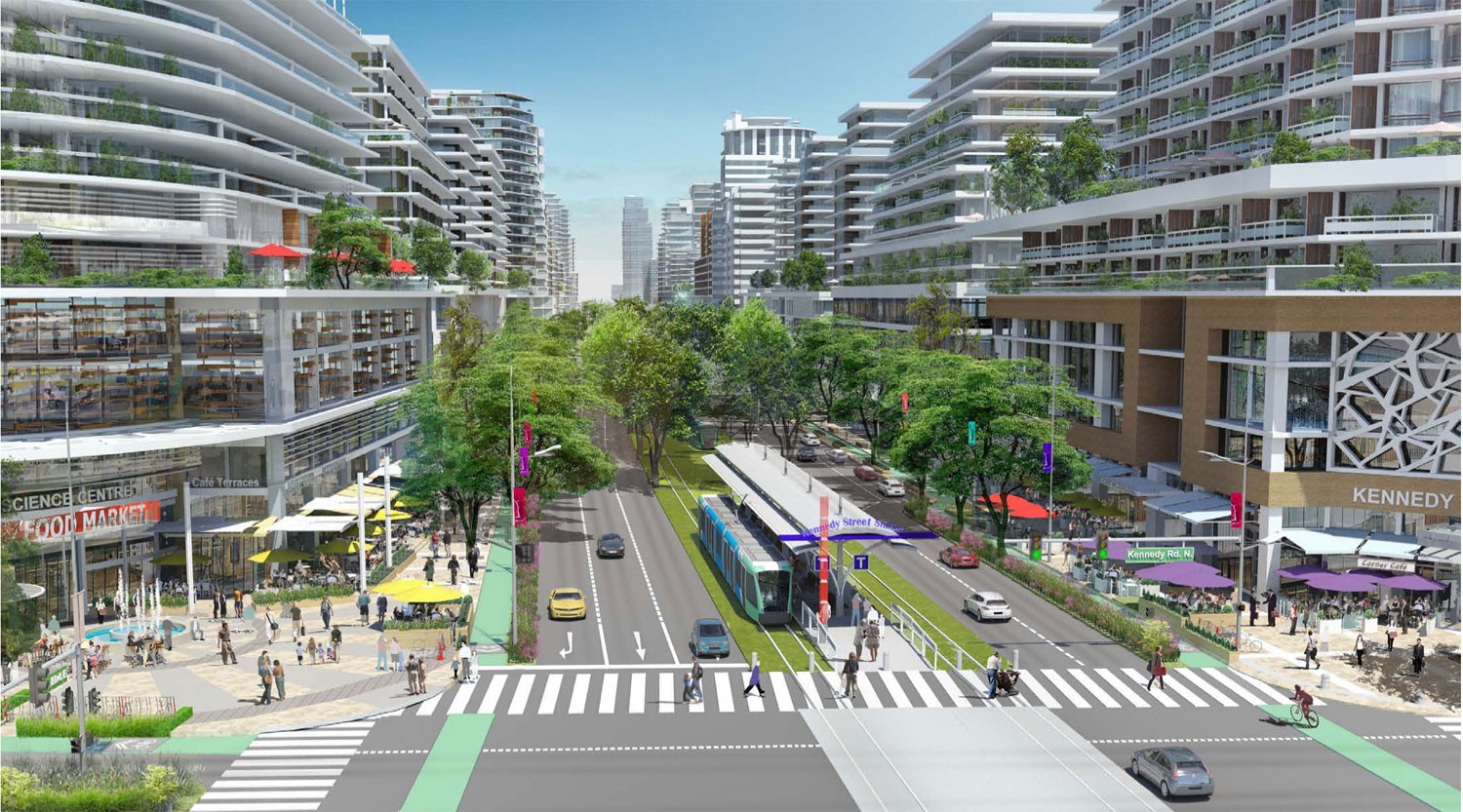
Downtown Reimagined is a multi-layered project that was supposed to improve the aesthetics on the surface of the downtown core (wider sidewalks, bike lanes, and fine-grained streetscaping), and remake the everyday public utilities below (upgrading sewers, water mains, and hydro lines).
The estimated cost rose quickly from about $33 million. The four companies bidding to do the work came in with bids that ranged from $55 million to a staggering $73 million. It was estimated the city could be on the hook for $45 million or more of that amount. There’s also the X factor: what if the problems are so pervasive they are unfixable? The issue of unmapped underground water channels built a century ago has stopped all forward motion. Downtown businesses and residents bracing for years of construction disruptions were given a reprieve.
But was the city simply kicking the can down the street, so to speak? Again, 2019 is a critical year to make a decision. Vital infrastructure needs to be upgraded, and revitalization of downtown, with its continued flooding risk, needs to be addressed. It’s the catalyst to spark a new era of urban development across the city, to finally move away from Brampton's sprawling subdivision identity and become a major, dynamic, cosmopolitan city, one of the largest in Canada.
Patrick Brown and the rest of council, all of whom have talked about unity and teamwork, will be watched carefully in 2019 to see if they are the leaders that will finally propel Brampton forward.
Submit a correction about this story


